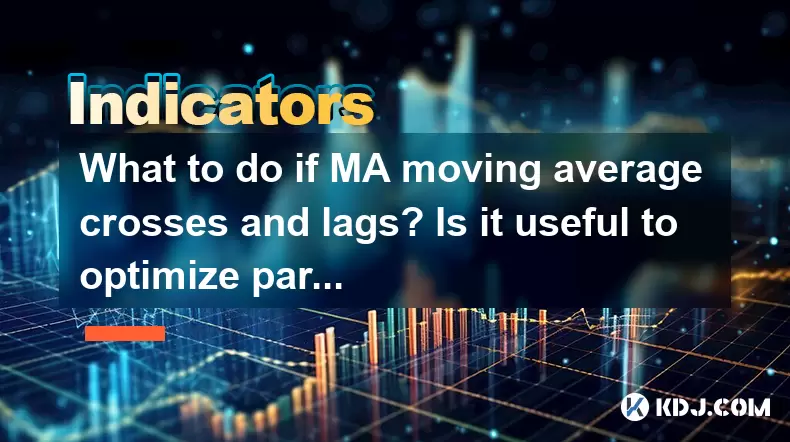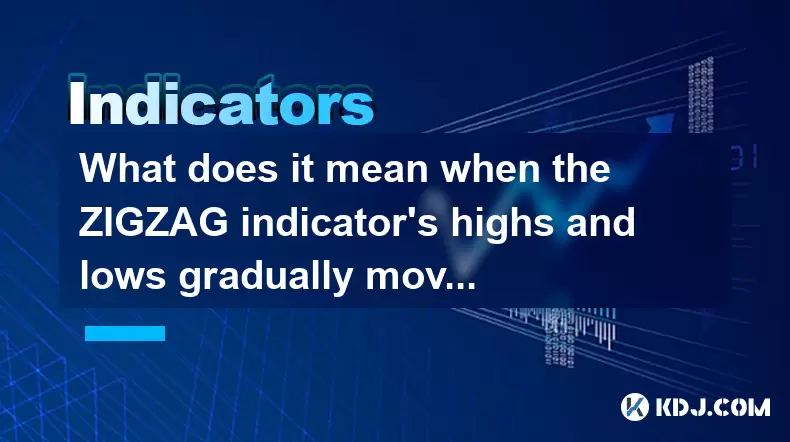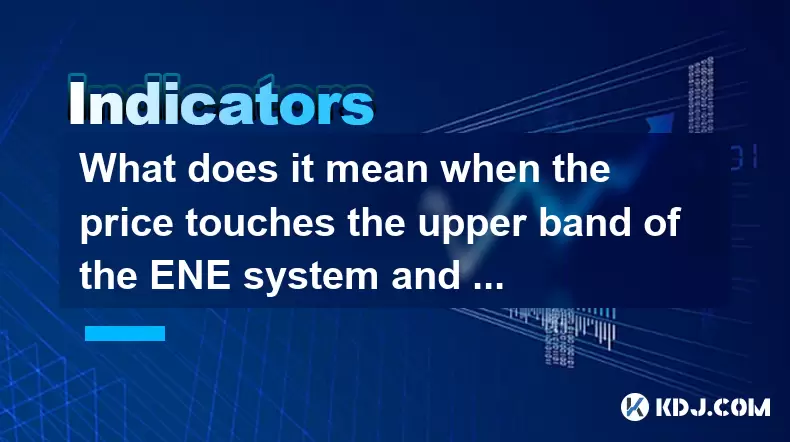-
 Bitcoin
Bitcoin $116700
0.13% -
 Ethereum
Ethereum $4229
5.18% -
 XRP
XRP $3.290
0.28% -
 Tether USDt
Tether USDt $1.000
0.01% -
 BNB
BNB $804.4
1.46% -
 Solana
Solana $181.3
1.92% -
 USDC
USDC $1.000
0.02% -
 Dogecoin
Dogecoin $0.2453
8.11% -
 TRON
TRON $0.3359
-0.82% -
 Cardano
Cardano $0.8187
2.71% -
 Hyperliquid
Hyperliquid $43.56
6.46% -
 Chainlink
Chainlink $21.22
9.48% -
 Stellar
Stellar $0.4533
0.95% -
 Sui
Sui $3.948
2.90% -
 Bitcoin Cash
Bitcoin Cash $571.0
-2.75% -
 Hedera
Hedera $0.2657
1.33% -
 Avalanche
Avalanche $24.32
2.80% -
 Ethena USDe
Ethena USDe $1.001
0.02% -
 Litecoin
Litecoin $122.2
-0.70% -
 Toncoin
Toncoin $3.440
1.95% -
 UNUS SED LEO
UNUS SED LEO $8.978
-0.09% -
 Shiba Inu
Shiba Inu $0.00001385
5.32% -
 Uniswap
Uniswap $10.94
0.24% -
 Polkadot
Polkadot $4.116
3.88% -
 Dai
Dai $1.000
0.00% -
 Pepe
Pepe $0.00001233
5.82% -
 Bitget Token
Bitget Token $4.511
0.53% -
 Cronos
Cronos $0.1572
2.50% -
 Monero
Monero $272.0
-1.82% -
 Ethena
Ethena $0.7563
17.60%
What to do if MA moving average crosses and lags? Is it useful to optimize parameters?
When a moving average crosses and lags, traders should analyze market trends, check volume, set stop-losses, and consider using shorter-term or exponential MAs to mitigate lag effects.
May 27, 2025 at 06:29 pm

When dealing with moving averages (MA) in the cryptocurrency trading world, understanding the implications of a moving average crossing and lagging can significantly impact your trading strategy. Moving averages are popular tools used by traders to smooth out price data and identify trends over time. However, when these averages cross or lag, it can lead to confusion and potential missteps in trading decisions. In this article, we will explore what to do when a moving average crosses and lags, and whether optimizing parameters can be useful in enhancing trading performance.
Understanding Moving Average Crosses
Moving average crosses occur when a shorter-term moving average line intersects with a longer-term moving average line. This event is often interpreted as a signal for potential trend changes in the market. For instance, if a 50-day moving average crosses above a 200-day moving average, it's known as a "golden cross" and is considered a bullish signal. Conversely, if the 50-day moving average crosses below the 200-day moving average, it's called a "death cross" and is seen as a bearish signal.
When a moving average cross happens, traders often need to decide whether to act on this signal immediately or wait for further confirmation. It's essential to consider the broader market context and other indicators to avoid false signals. Here are some steps traders can take when a moving average cross occurs:
- Analyze the broader market trend: Look at other technical indicators and market sentiment to confirm the signal.
- Check volume: Higher trading volume during the cross can validate the signal's strength.
- Set stop-loss orders: To manage risk, place stop-loss orders just beyond key support or resistance levels.
- Wait for a retest: Sometimes, waiting for the price to retest the moving average after a cross can provide a more reliable entry point.
Dealing with Moving Average Lag
Moving average lag refers to the delay in the moving average line's response to the latest price movements. This lag can be particularly problematic in fast-moving markets, where timely decisions are crucial. The lag is inherent to moving averages because they are based on historical data, and the degree of lag depends on the period length of the moving average used.
To mitigate the effects of moving average lag, traders can consider the following strategies:
- Use shorter-term moving averages: Shorter periods (e.g., 10-day or 20-day) will react more quickly to price changes but may produce more false signals.
- Combine with other indicators: Using momentum indicators like the Relative Strength Index (RSI) or the Moving Average Convergence Divergence (MACD) can help confirm trends and reduce the impact of lag.
- Implement exponential moving averages (EMA): EMAs give more weight to recent prices, reducing lag compared to simple moving averages (SMA).
Optimizing Moving Average Parameters
Optimizing moving average parameters involves adjusting the period lengths of the moving averages to find the most effective settings for a particular trading strategy. While optimization can potentially improve trading performance, it must be approached with caution to avoid overfitting, where the strategy performs well on historical data but poorly in live trading.
To optimize moving average parameters, traders can follow these steps:
- Backtest different period combinations: Use historical data to test various moving average periods and observe which combinations yield the best results.
- Consider market volatility: Different market conditions may require different moving average settings. More volatile markets might benefit from shorter periods, while less volatile markets might need longer periods.
- Use a walk-forward optimization: This method involves optimizing parameters on a subset of historical data and then testing the results on subsequent data to ensure the strategy remains effective over time.
When optimizing, it's crucial to balance the desire for improved performance with the risk of overfitting. Traders should also regularly review and adjust their parameters to adapt to changing market conditions.
Practical Example of Moving Average Cross and Lag
Let's consider a practical example to illustrate how to handle moving average crosses and lag in the context of Bitcoin trading. Suppose you are using a 50-day SMA and a 200-day SMA to identify trend changes in Bitcoin's price.
- Scenario: Bitcoin's price has been in a downtrend, and the 50-day SMA is below the 200-day SMA. Suddenly, the 50-day SMA crosses above the 200-day SMA, signaling a potential trend reversal.
To handle this situation effectively:
- Analyze the broader market trend: Check other cryptocurrencies and market indices to see if there's a broader shift in sentiment.
- Check volume: If the cross is accompanied by high trading volume, it could be a more reliable signal.
- Set stop-loss orders: Place a stop-loss order just below the recent low to manage risk.
- Wait for a retest: Instead of entering the trade immediately, wait for the price to retest the 200-day SMA to confirm the bullish trend.
Regarding lag, if you notice that the 50-day SMA is lagging behind the price movements, you might consider:
- Using a shorter-term moving average: Switch to a 20-day SMA to get quicker signals.
- Combining with RSI: Use the RSI to confirm whether the market is overbought or oversold, which can help mitigate the effects of lag.
Tools and Platforms for Moving Average Analysis
Several trading platforms and tools are available to help traders analyze moving averages and optimize their parameters. Here are some popular options:
- TradingView: Offers a user-friendly interface for plotting moving averages and backtesting strategies.
- MetaTrader 4/5: Widely used for forex and cryptocurrency trading, these platforms allow for extensive customization and backtesting.
- Coinigy: A cryptocurrency-specific platform that provides advanced charting and analysis tools.
When using these tools, traders can:
- Plot multiple moving averages: Experiment with different period lengths to find the most effective combination.
- Backtest strategies: Use historical data to test how different moving average settings would have performed.
- Monitor real-time data: Keep an eye on current market conditions to adjust strategies as needed.
FAQs
Q1: Can moving average crosses be used for all types of cryptocurrencies?
Yes, moving average crosses can be applied to all types of cryptocurrencies. However, the effectiveness may vary depending on the liquidity and volatility of the specific cryptocurrency. More liquid and less volatile cryptocurrencies might provide more reliable signals, while less liquid and highly volatile ones might lead to more false signals.
Q2: How often should I optimize my moving average parameters?
There's no set frequency for optimizing moving average parameters. It depends on market conditions and the performance of your current settings. Regularly reviewing your strategy, perhaps monthly or quarterly, can help ensure your parameters remain effective.
Q3: Are there any risks associated with relying solely on moving average crosses for trading decisions?
Yes, there are risks. Relying solely on moving average crosses can lead to false signals and missed opportunities. It's crucial to use moving averages in conjunction with other technical indicators and fundamental analysis to make well-rounded trading decisions.
Q4: Can moving average lag be completely eliminated?
No, moving average lag cannot be completely eliminated as it is inherent to the nature of moving averages, which use historical data. However, using shorter periods or exponential moving averages can reduce the impact of lag.
Disclaimer:info@kdj.com
The information provided is not trading advice. kdj.com does not assume any responsibility for any investments made based on the information provided in this article. Cryptocurrencies are highly volatile and it is highly recommended that you invest with caution after thorough research!
If you believe that the content used on this website infringes your copyright, please contact us immediately (info@kdj.com) and we will delete it promptly.
- Trump, Crypto Vehicle, and WLFI Tokens: A New York Minute on the Latest Buzz
- 2025-08-10 00:30:12
- Wheat Penny Fortune: Unearthing Valuable Coins in Your Pocket Change
- 2025-08-10 00:35:19
- Dogecoin, PENGU, and Remittix: A New York Minute in Crypto
- 2025-08-10 01:10:12
- Ozark AI: Investment Opportunities and Analyst Projections for 2025
- 2025-08-10 01:15:17
- Cryptocurrencies 2025: Top Buys and Market Predictions
- 2025-08-10 01:20:12
- Pendle's Price Jump: Riding the Wave of Market Sentiment
- 2025-08-10 01:25:11
Related knowledge

What does it mean when the price is trading above the SAR indicator but the red dots are densely packed?
Aug 09,2025 at 11:49pm
Understanding the SAR Indicator and Its Visual SignalsThe SAR (Parabolic Stop and Reverse) indicator is a technical analysis tool used primarily to de...

What does it mean when the MACD histogram continues to shorten but the price reaches a new high?
Aug 09,2025 at 09:29pm
Understanding the MACD Histogram and Its ComponentsThe MACD (Moving Average Convergence Divergence) indicator is a widely used technical analysis tool...

What does it mean when the Triple Moving Average (TRIX) turns downward but the price doesn't fall?
Aug 09,2025 at 12:42pm
Understanding the Triple Moving Average (TRIX) IndicatorThe Triple Moving Average, commonly known as TRIX, is a momentum oscillator designed to filter...

What does it mean when the ZIGZAG indicator's highs and lows gradually move downwards?
Aug 10,2025 at 02:14am
Understanding the ZIGZAG Indicator in Cryptocurrency TradingThe ZIGZAG indicator is a popular technical analysis tool used by cryptocurrency traders t...

What does it mean when the price touches the upper band of the ENE system and then falls back?
Aug 10,2025 at 12:42am
Understanding the ENE Indicator StructureThe ENE (Envelope) indicator is a technical analysis tool used in cryptocurrency trading to identify potentia...

What does it mean when the Williams' oscillator repeatedly hits bottoms but fails to rebound?
Aug 09,2025 at 09:28am
Understanding the Williams %R OscillatorThe Williams %R oscillator, developed by Larry Williams, is a momentum indicator used in technical analysis to...

What does it mean when the price is trading above the SAR indicator but the red dots are densely packed?
Aug 09,2025 at 11:49pm
Understanding the SAR Indicator and Its Visual SignalsThe SAR (Parabolic Stop and Reverse) indicator is a technical analysis tool used primarily to de...

What does it mean when the MACD histogram continues to shorten but the price reaches a new high?
Aug 09,2025 at 09:29pm
Understanding the MACD Histogram and Its ComponentsThe MACD (Moving Average Convergence Divergence) indicator is a widely used technical analysis tool...

What does it mean when the Triple Moving Average (TRIX) turns downward but the price doesn't fall?
Aug 09,2025 at 12:42pm
Understanding the Triple Moving Average (TRIX) IndicatorThe Triple Moving Average, commonly known as TRIX, is a momentum oscillator designed to filter...

What does it mean when the ZIGZAG indicator's highs and lows gradually move downwards?
Aug 10,2025 at 02:14am
Understanding the ZIGZAG Indicator in Cryptocurrency TradingThe ZIGZAG indicator is a popular technical analysis tool used by cryptocurrency traders t...

What does it mean when the price touches the upper band of the ENE system and then falls back?
Aug 10,2025 at 12:42am
Understanding the ENE Indicator StructureThe ENE (Envelope) indicator is a technical analysis tool used in cryptocurrency trading to identify potentia...

What does it mean when the Williams' oscillator repeatedly hits bottoms but fails to rebound?
Aug 09,2025 at 09:28am
Understanding the Williams %R OscillatorThe Williams %R oscillator, developed by Larry Williams, is a momentum indicator used in technical analysis to...
See all articles

























































































